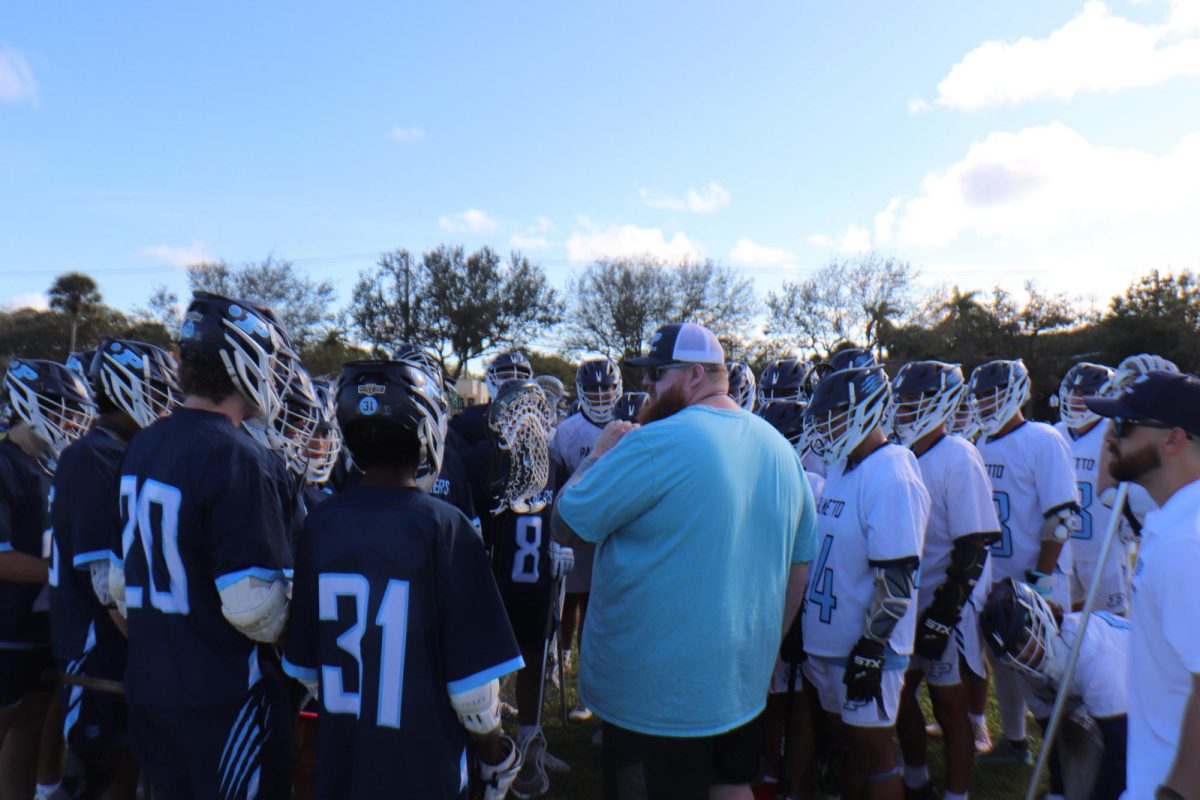NCAA Receives Major Backlash After March Madness Inequality
April 15, 2021
After a March full of madness, the discussion of equality presented surrounding the National Collegiate Athletic Association lingers.

March Madness, a division I college basketball tournament for men and women held by the NCAA during the months of March and April, has received criticism since the beginning of the games. It began when the disparity between the men’s weight room in the Indianapolis bubble and the women’s weight room in the San Antonio bubble was put on display. Ali Kershner, Stanford University’s basketball and golf team’s performance coach, posted a photo on twitter showing the differences in equipment.
In direct response to the post, Vice President of the NCAA Lynn Holman released a statement blaming the differences in weight rooms on a limited amount of space. However, University of Oregon’s #32, Sedona Prince, disproved this excuse and posted a video of the extra space available at the San Antonio facility. Holman then responded and ensured that the NCAA plans on working to fix the inequality issue.
Similarly, in terms of meals provided by the NCAA, the 64 women’s teams in the tournament received pre-packaged food, whereas the 68 men’s teams were provided buffet-style meals for every dining experience. As for the routine COVID-19 testing, the men’s tournament received daily PCR tests, whereas the women received the antigen test — which is typically less expensive than its counterpart.
Additional disparities arose in regards to the “swag bags” provided by the tournament; the men received much more extravagant gifts, including towels, T-shirts, soaps, shampoos, books and more. The women, on the other hand, got more lackluster gifts, such as water bottles, deodorant, a scrunchie and other items.
Since the first game in the women’s tournament in Texas, the venues looked much different than the courts played on by the men’s team. The courts for the women’s team lacked any form of prestigious branding that those of the men’s team had. In addition to this, the men’s tournament received new court logos for each round of the tournament, meanwhile the branding on the women’s court did not mention March Madness. However, the only exception involves the Alamodome court, which had the first logo read “Women’s basketball” — yet did not refer to the games under the March Madness title.
The NCAA website and media platforms also lacked womens coverage and mostly focused on the men’s game. The NCAA also provided multiple photos from all the men’s games, but none from the women’s.
In immediate response, players, fans and advocates quickly took to social media to express their anger at what they described as the discrimination and disrespect the women’s teams were facing. One player in particular, Prince, called out to TikTok for help as she exposed the tournament’s disparities in meal quality and equipment.
ESPN’s college basketball analyst Jay Bilas publicly criticized the NCAA’s inceptive setup differences in the tournament along with NCAA President Mark Emmert’s delayed response to photos and videos of clear inequity. After receiving backlash, Emmert announced that the NCAA has hired a law firm to access the disparities and gender equity in their college sports.
NCAA Senior Vice President of basketball Dan Gavitt promised to do better a day after photos revealed differences in weight rooms during a Zoom meeting.










